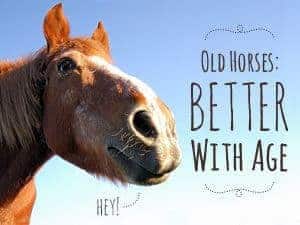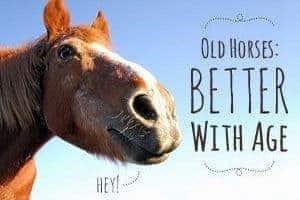EHV-1: A Senior Perspective
- Topics: Old Horses: Better With Age
In my role as news editor of The Horse and TheHorse.com, it’s my job to seek out current horse health happenings, find the details, and report back to youÑour readersÑas quickly and accurately as I can. That’s not always easyÑin some cases details from reliable sources are few and far between, or sometimes we really just don’t know exactly what’s happening yetÑbut something I’ve gotten plenty of practice at reporting on over the past few years is equine herpesvirus-1 (EHV-1).
In covering what feels like countless EHV-1 cases and chatting with numerous veterinarians, I’ve learned a fair amount about this potentially deadly disease. I know how horses contract the disease, and I know what biosecurity protocol I should follow to best protect my four-legged charges. But sometimes it takes a real life example for things to sink in. For instance, in early April animal health authorities said that a 22-year-old Thoroughbred mare from New Jersey who reportedly hadn’t left her home farm in years was euthanized after she exhibited rapidly progressing neurologic signs; she later was confirmed to be EHV-1 positive.

Owners can take some simple steps to help protect their senior horses from contracting EHV-1, especially in animals such as Dorado that still regularly travel
Create a free account with TheHorse.com to view this content.
TheHorse.com is home to thousands of free articles about horse health care. In order to access some of our exclusive free content, you must be signed into TheHorse.com.
Start your free account today!
Already have an account?
and continue reading.

Related Articles
Stay on top of the most recent Horse Health news with















